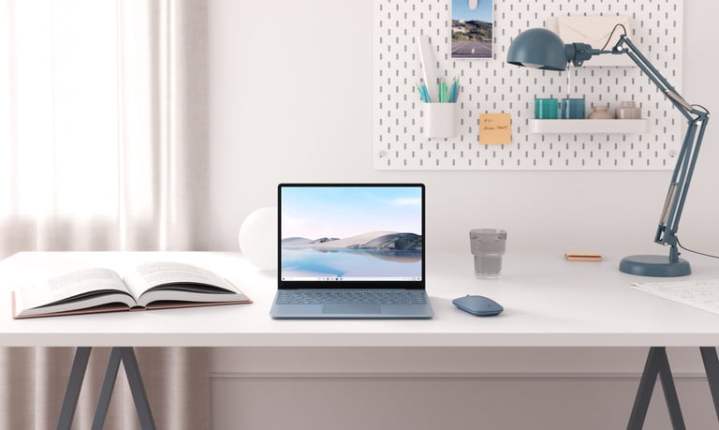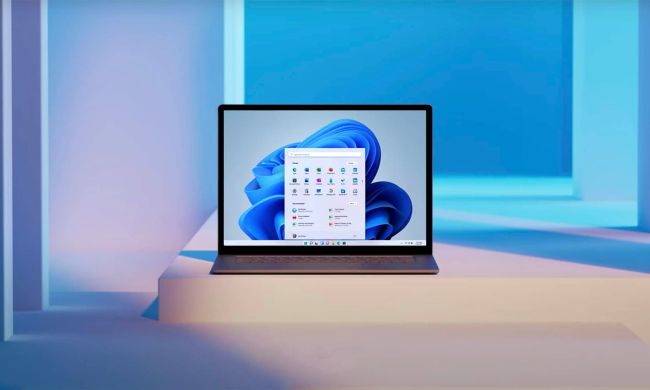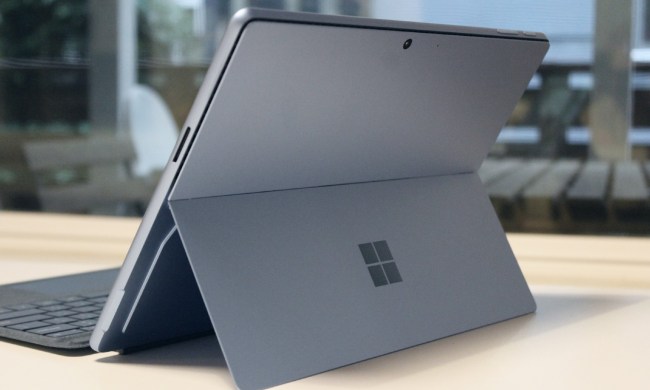Microsoft has officially ended support for the cheapest device in the Surface lineup, the Surface Laptop Go, after just four years. It can still be upgraded to Windows 11 24H2 and the laptop will still receive security updates, but it won’t get any new firmware or driver updates.
The first-generation Surface Laptop Go isn’t just an inexpensive laptop — it’s an extremely inexpensive laptop. In 2020, it launched for just $550, a price tag made possible by its limited RAM and storage, alongside a pretty low-resolution screen.
People had plenty to say about just how limited its specs were, especially since the 4GB of RAM couldn’t even run Windows 10 or Windows 11 smoothly, but it did still have an audience. This was a laptop for people on a really tight budget — and that’s why it’s a shame that support is ending.
Four years isn’t a shockingly short driver and firmware servicing period for laptops, but it is a little less than the average of six years. For Windows-based Surface devices, anything released before January 1, 2021, receives updates for at least four years, and anything released after that date receives at least six years of updates.

This means that if you own a Surface Laptop Go 2 or Surface Laptop Go 3, your updates will continue until 2028 and 2029, respectively.
When people bought the first-gen Surface Laptop Go, they knew they were getting minimum specs — but many likely didn’t realize they were signing up for a minimum support period as well. Not everyone who buys a laptop is interested in upgrading every four or five years — especially since these machines, when looked after, can last for a decade.
Now, however, if any bugs or problems occur between the old firmware and new Windows updates, Surface Laptop Go users will be left hanging. Hopefully, users will still get a few more years of acceptable performance out of their devices before they truly need to upgrade.




